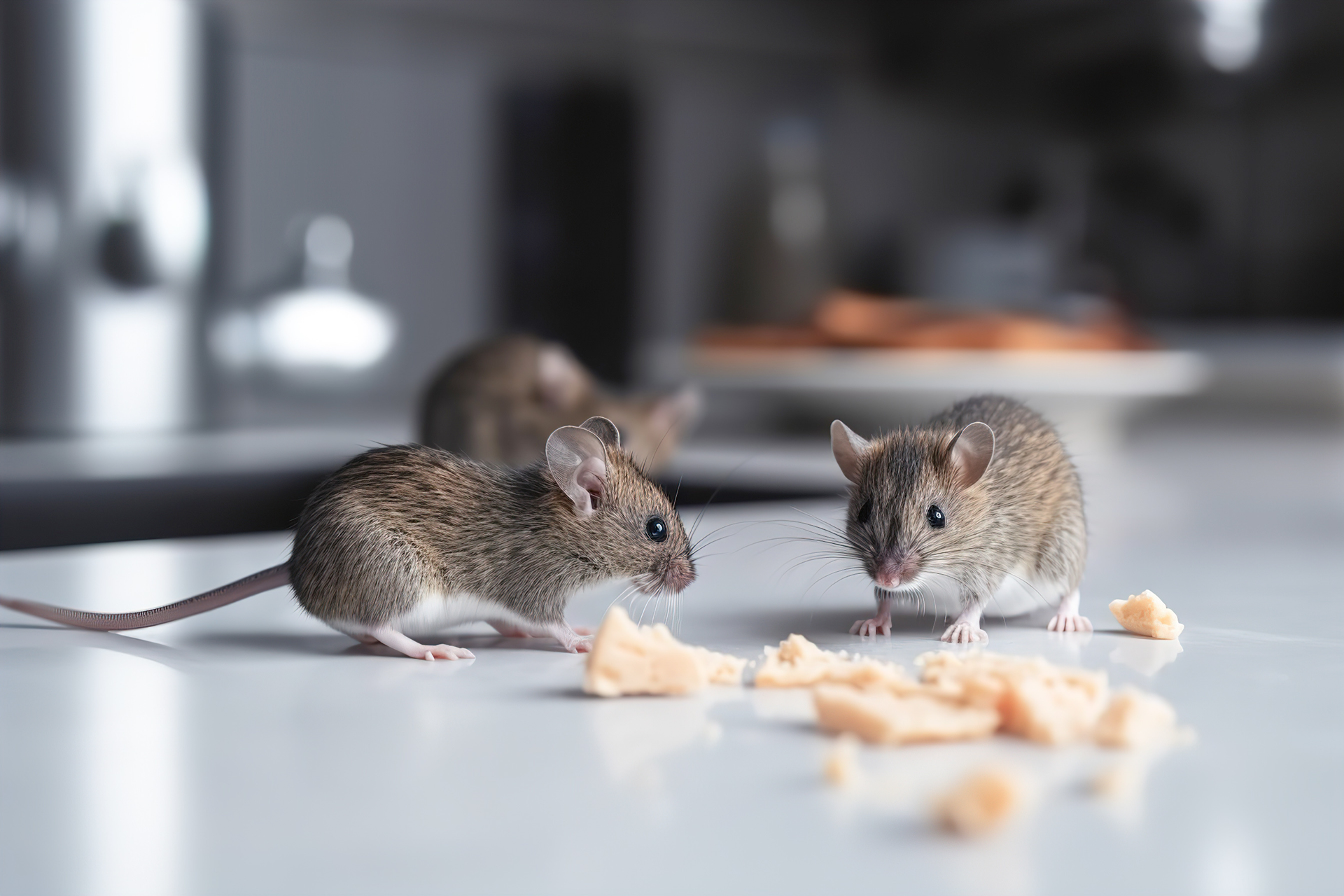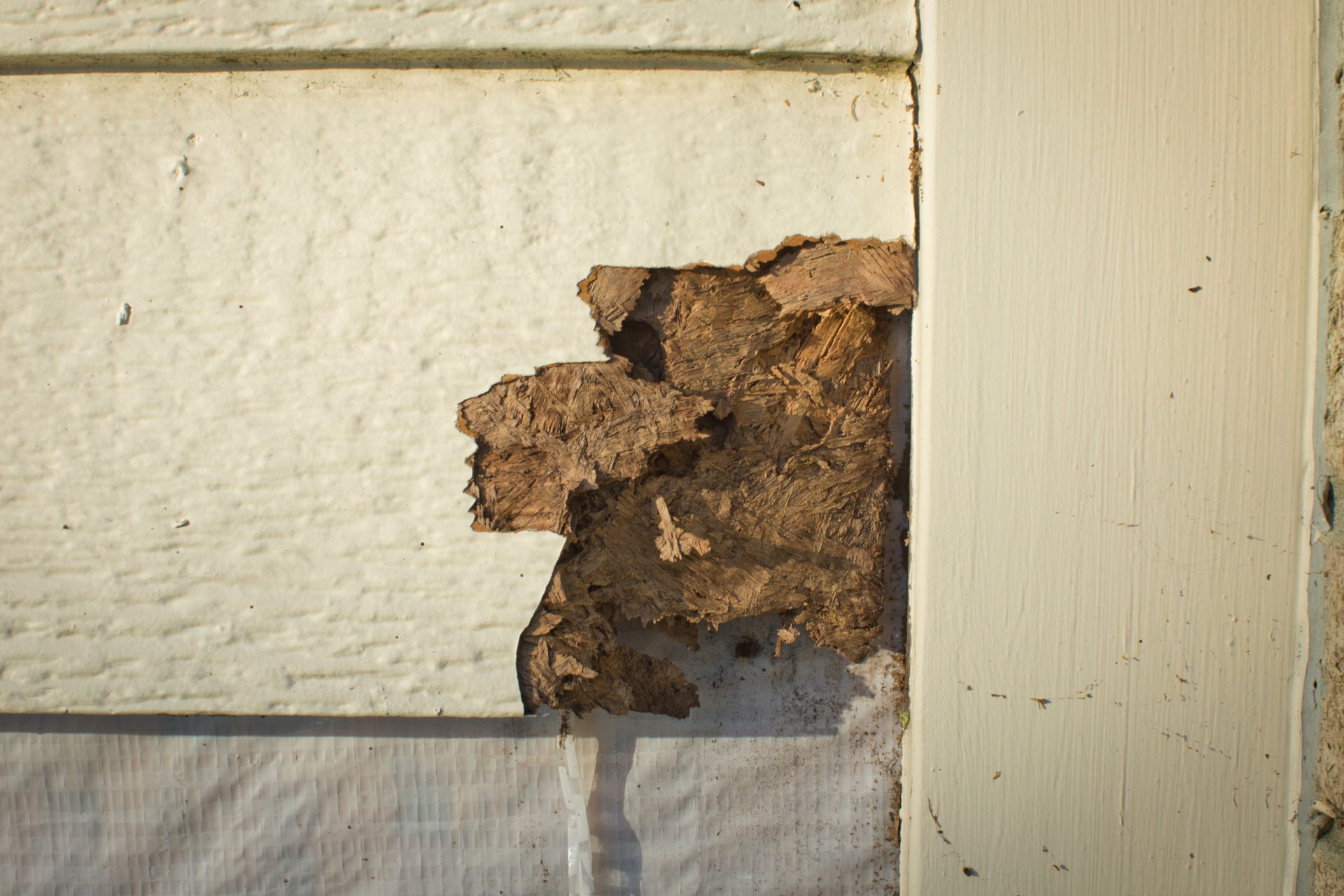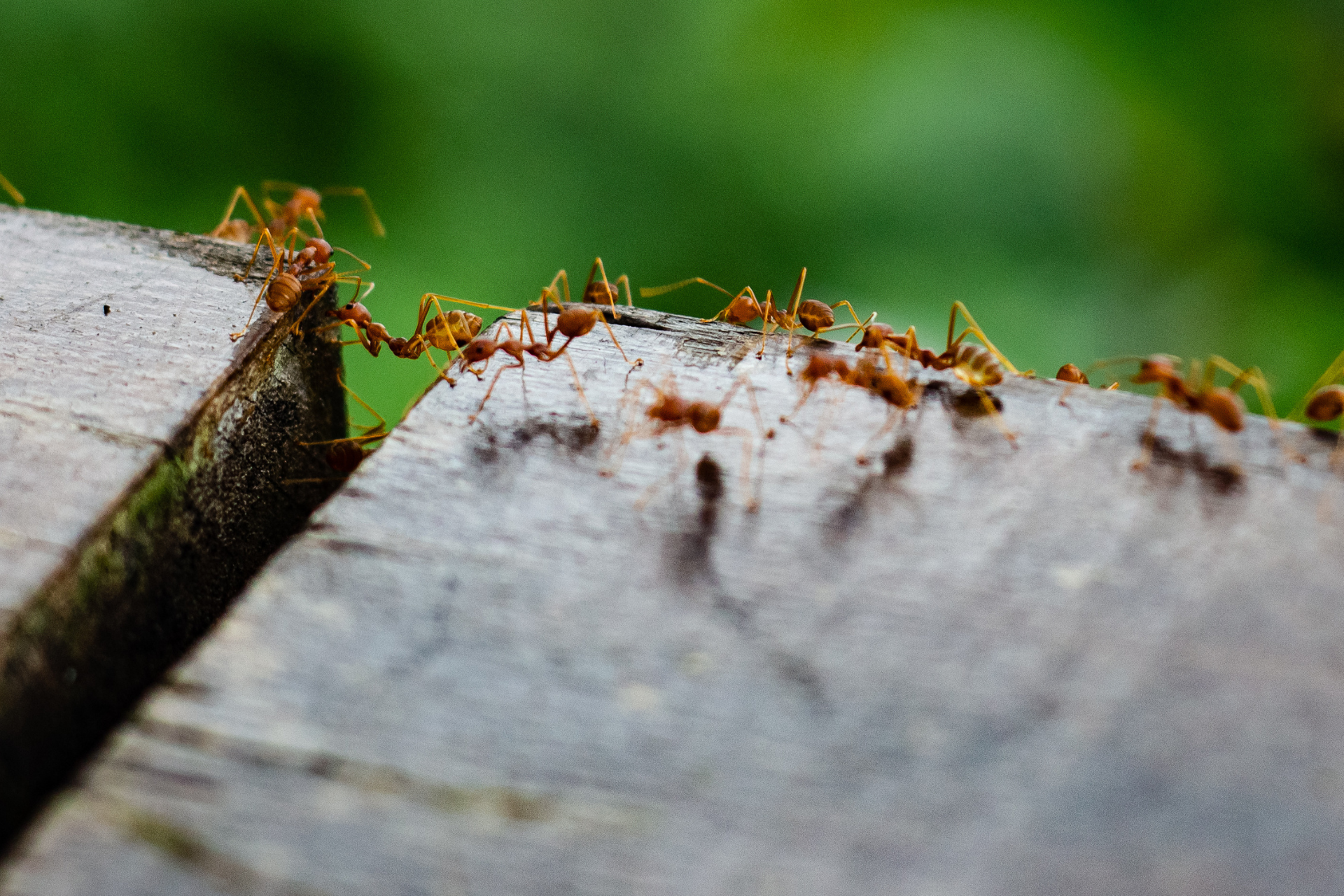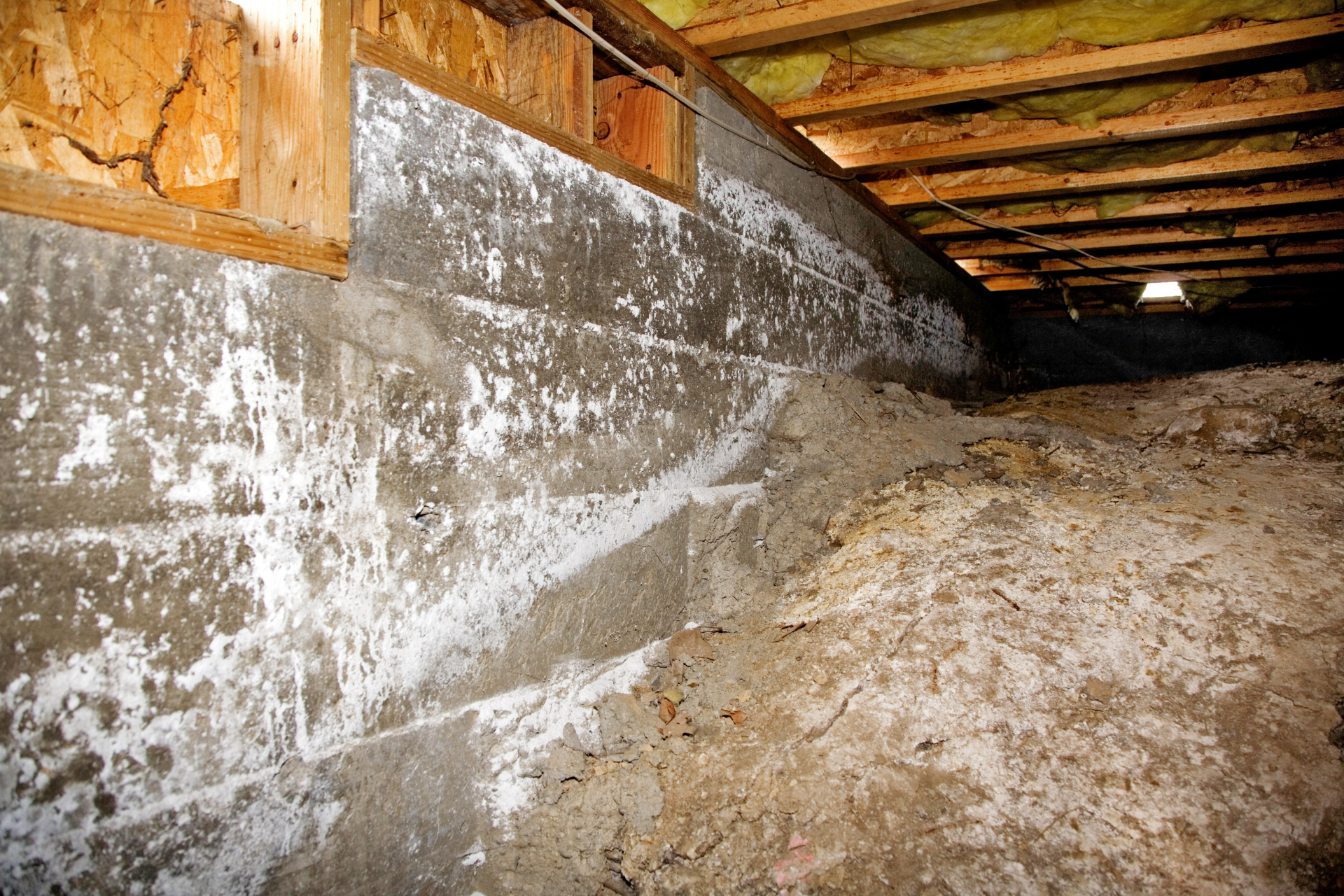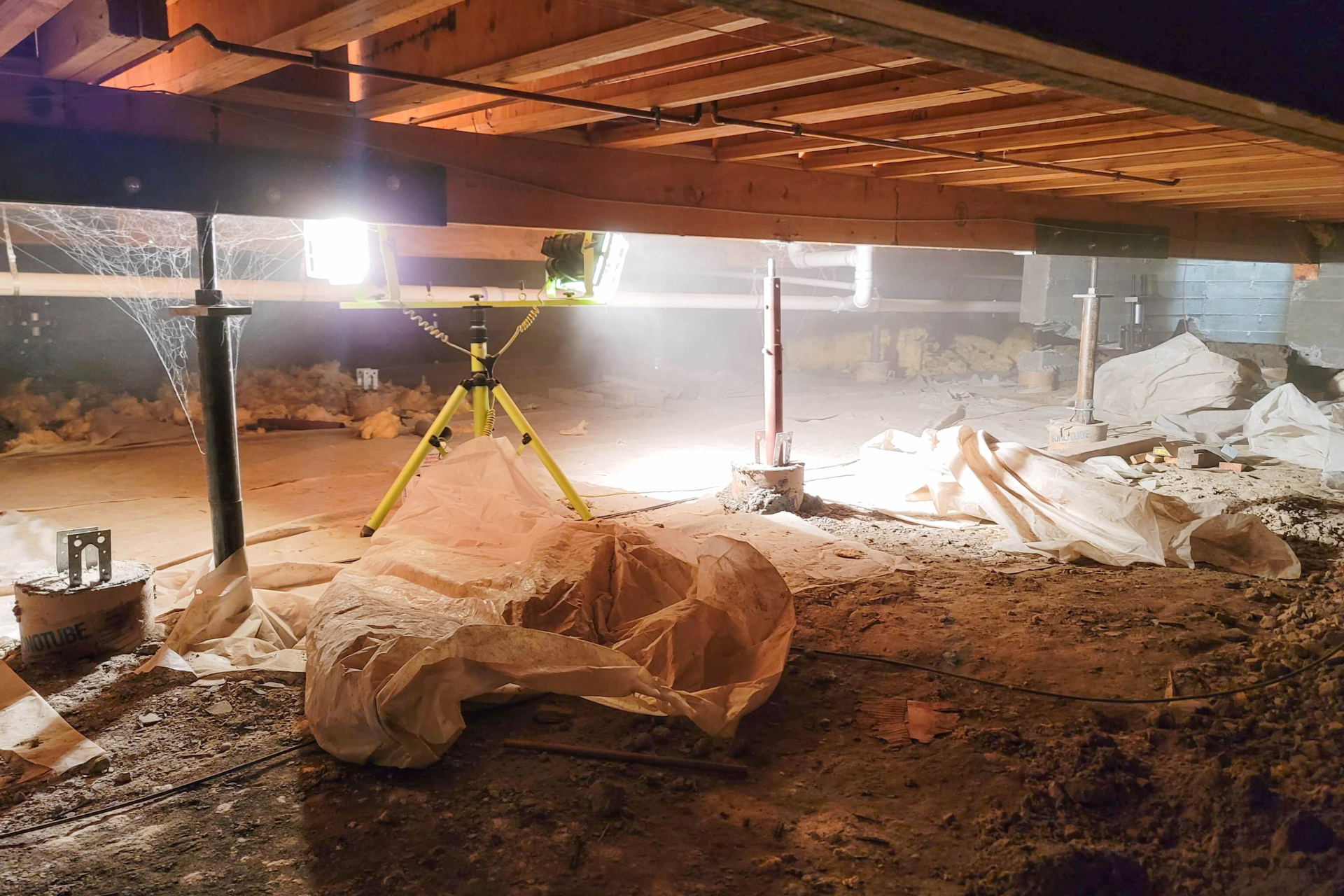Why Spotting Just One Mouse is a Bigger Problem Than You Think
After a quiet evening at home, a sudden scurry in the corner of your eye catches your attention. That single fleeting moment of spotting a mouse can be alarming, and for good reason. Mice are more than just a nuisance; they can pose serious health risks and cause extensive property damage. Understanding the full scope of the problems they bring helps emphasize why even one mouse is a significant concern.
Do You Need To Worry About Just One Mouse?
When you see a mouse, it's easy to think it's a solitary invader. However, the rodents are social creatures and rarely live alone. The presence of one often indicates a larger hidden population. Mice reproduce rapidly; a single female can produce up to ten litters in a year, with each litter containing six to eight pups. In a matter of weeks, what starts as one mouse can escalate into a full-blown infestation.
These pests are also adept at staying hidden. Their ability to squeeze through tiny openings and navigate unseen areas means that spotting one mouse is usually just the tip of the iceberg. They are silent invaders, often going unnoticed until their numbers have significantly increased. This makes early detection and intervention critical.
Understanding when mice are most active can help in identifying and managing infestations. The pests are nocturnal, meaning they are primarily active at night. During the day, they tend to hide in dark, secluded areas such as wall voids, attics, and basements. Their peak activity times are during the hours just after dusk and before dawn.
Seasonally, mouse problems often intensify during the fall and winter months. As temperatures drop, the rodents seek warmth and food sources indoors. Homes and buildings provide the ideal environment for survival during the colder seasons. Environmental factors such as a sudden drop in temperature or scarcity of food outdoors can trigger increased indoor activity.
The Problems They Cause
These pests are more than just unwelcome guests; they are carriers of various diseases. Hantavirus, for instance, can be transmitted through contact with droppings, urine, or saliva, and it poses severe respiratory risks. Leptospirosis, another disease carried by mice, can cause liver and kidney damage and is spread through contaminated water or soil.
Additionally, the pests often harbor ectoparasites such as fleas, ticks, and mites. These parasites can jump from the mice to humans and pets, spreading diseases like Lyme disease and murine typhus. The presence of these parasites not only heightens the risk of disease but also complicates eradication efforts, as both the rodents and their parasitic companions need to be addressed.
The damage the rodents cause goes beyond health risks. Their constant gnawing behavior, necessary to keep their teeth from growing too long, leads them to chew through electrical wires, posing a significant fire hazard. The cost of repairing electrical damage alone can be substantial, not to mention the potential for fires.
Structural damage is another serious concern. Mice can chew through insulation, drywall, and even wood, compromising the integrity of your home. Over time, this can lead to costly repairs and decrease the overall safety and stability of the structure.
Furthermore, these pests contaminate surfaces with their droppings and urine. This not only creates an unsanitary environment but also contributes to the spread of diseases. The mess left behind by an infestation can require extensive cleaning and sanitizing to restore a clean living space.
Do Mice Attract Other Pests?
One mouse problem can quickly lead to another. The rodents attract a variety of other pests and predators. For example, the presence of these pests can draw snakes into your home, as they are a natural prey for these reptiles. Larger mammals, such as raccoons and feral cats, may also be drawn to areas where the rodents are abundant.
In addition to larger predators, the pests can bring secondary infestations of fleas, ticks, and mites. These ectoparasites feed on the rodents and then move on to humans and pets, spreading further throughout the home. This increases the complexity and difficulty of pest control efforts.
Many people keep mice as pets, enjoying their company and relatively easy care requirements. However, having pet mice can inadvertently attract wild ones. Pet rodents emit scents and signals that wild ones can detect. These signals can draw wild mice to your home, seeking companionship or the resources that pet mice indicate are available. There is also the risk of disease transfer between pet and wild mice. Wild rodents can carry diseases that are transmissible to pet ones, which can then spread to humans. This crossover contamination poses significant health risks and can be difficult to manage once established.
While the dangers and damages the pests cause are well-documented, there are some lesser-known facts about these tiny intruders. For instance, did you know that the rodents are excellent swimmers? They can tread water for up to three days and can survive being flushed down a toilet, making them surprisingly resilient. Mice also have an extraordinary sense of smell, which they use to communicate with one another and navigate their environment. This keen sense allows them to detect food and potential mates from a considerable distance, contributing to their success as a species.
Another interesting fact is that the rodents are highly social and communicative. They use ultrasonic vocalizations to communicate with each other, sounds that are inaudible to the human ear. These vocalizations play a role in mating and territorial behavior, illustrating the complex social structures within mouse populations.
If you're dealing with these problems or suspect an infestation, don't wait until it's too late. At Ease Pest Solutions is here to help. Our team of experts understands the intricacies of mouse behavior and the best methods for eradication. We use proven strategies to ensure your home is free from mice and the risks they bring. Contact us today to schedule an inspection and take the first step toward a rodent-free home.
Troutman Branch
694 South Main Street
Troutman, NC 28166
704.761.9697
